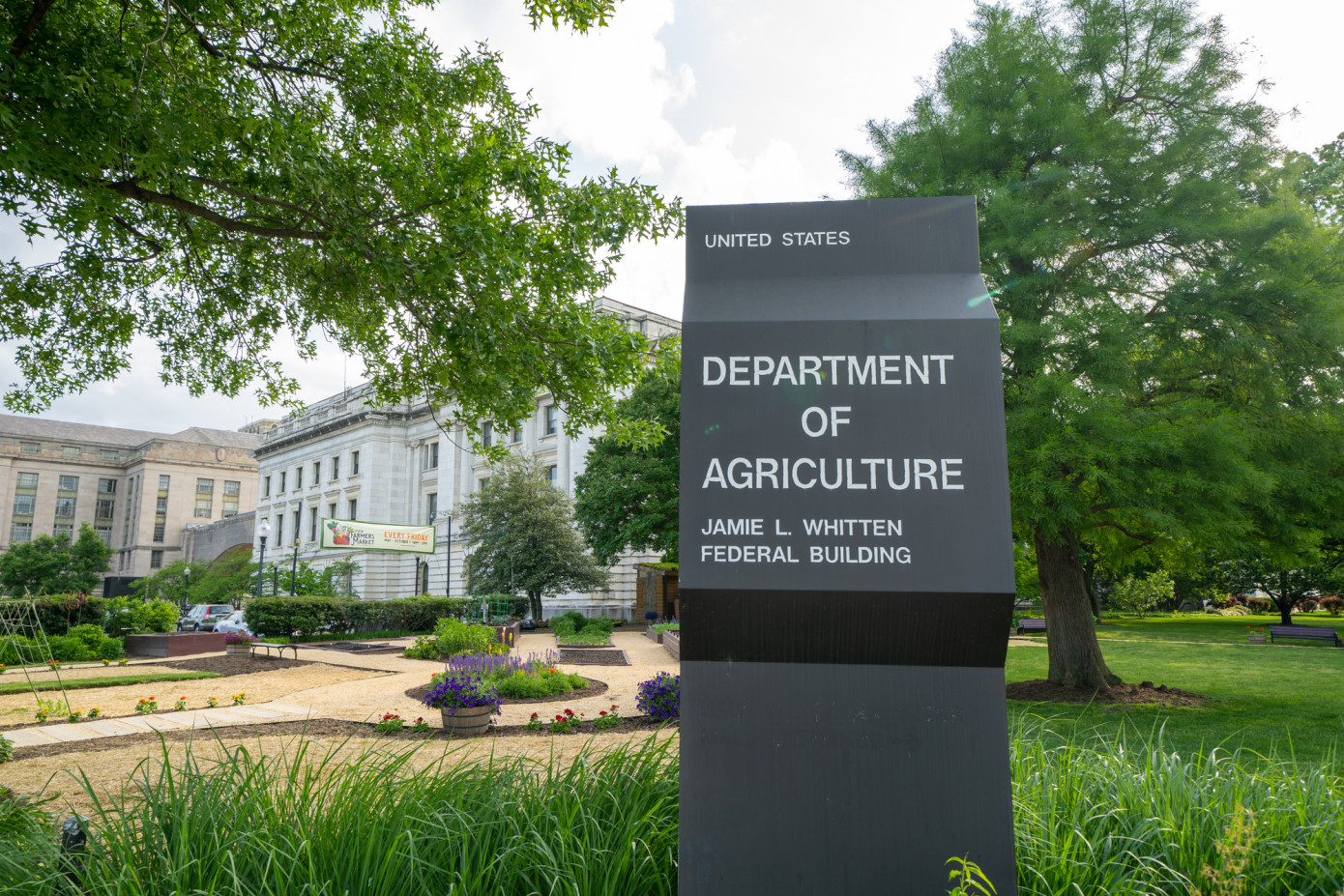The Biden-Harris Administration has unveiled a major initiative aimed at expanding the innovative uses of wood in various sectors of the economy. The U.S. Department of Agriculture (USDA) will invest more than $43 million to promote wood as a construction material in commercial buildings, an energy source, and as a manufacturing input for wood products used in home framing, paper production, and more.
This funding initiative, made possible by President Biden's Bipartisan Infrastructure Law and the Inflation Reduction Act, will support 123 projects across the United States through two longstanding Forest Service grant programs: Community Wood Grants and Wood Innovations Grants. These programs are designed to foster innovation in wood products and renewable wood energy economies. Since 2015, they have provided over $93 million to 381 recipients for wood-related projects.
Agriculture Secretary Tom Vilsack emphasized the importance of supporting the wood products and wood energy economies, particularly in tribal and disadvantaged rural communities. The initiative aims to address the ongoing wildfire crisis, reduce risks to communities, create new markets for excess and hazardous wood from fire-prone areas, and generate employment opportunities and wealth in rural regions.
The USDA grant programs will fund proposals that focus on expanding and retrofitting wood energy systems and wood products manufacturing facilities. They will also encourage the development of markets for innovative uses of mass timber and renewable wood energy. Moreover, the projects will contribute to forest restoration, reducing wildfire risks, protecting communities and infrastructure, and combating climate change.
The recipients of these grants include for-profit entities, state and local governments, tribes, school districts, community-based non-profit organizations, institutions of higher education, and special purpose districts. The funded proposals showcase diverse efforts to utilize wood resources effectively and sustainably.
For instance, a Community Wood grant of $1.2 million has been awarded to Hat Creek Bioenergy in Burney, California, to commission a 3-megawatt thermally led wood energy facility. This facility will provide renewable, biomass-based energy to the local community while promoting a diversified energy mix.
Another recipient, Tahoe Forest Products, based in Carson City, Nevada, will receive over $300,000 under the Wood Innovations grant program. Tahoe Forest Products operates a sawmill in collaboration with the Washoe Development Corporation, an affiliate of the Washoe Tribe of Nevada & California. Their project aims to reduce fuels on public and private land by commercially milling logs, contributing to the cleanup and restoration efforts in areas affected by devastating wildfires. The project will also support local employment opportunities, including for tribal members.
This investment in the wood products and wood energy sectors aligns with President Biden's broader "Investing in America" agenda. It seeks to stimulate the American economy from the bottom up and the middle out by rebuilding infrastructure, attracting private sector manufacturing investments worth over $470 billion, creating well-paying jobs, and advancing clean energy solutions to combat the climate crisis and enhance community resilience.
These investments directly support the Forest Service's 10-year strategy to address the wildfire crisis, focusing on areas where communities face immediate threats. By promoting a healthy forest products economy, the Forest Service aims to source wood from activities that reduce risks, such as fuels treatments and mechanical thinning, to foster healthy and resilient forests.
